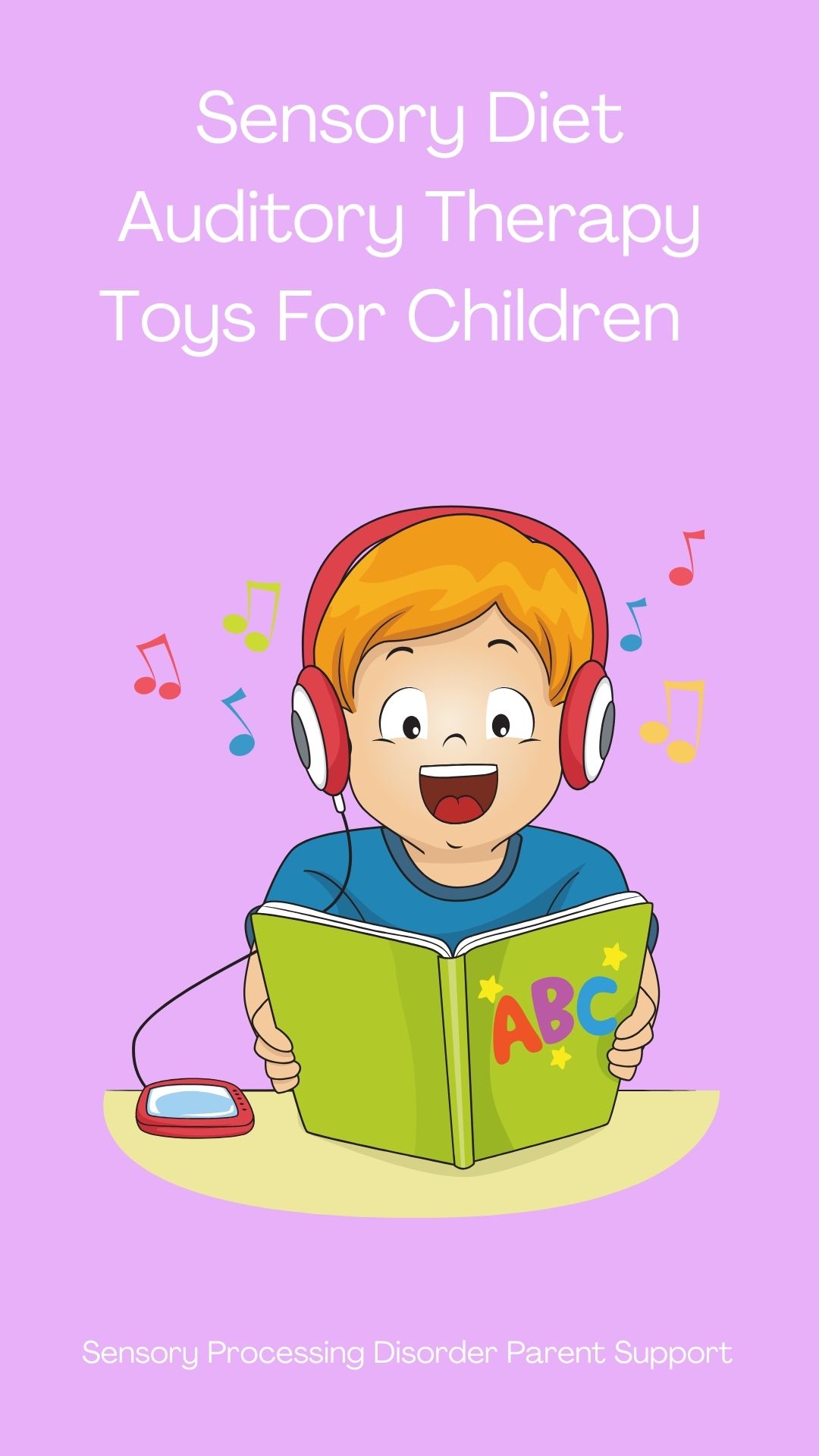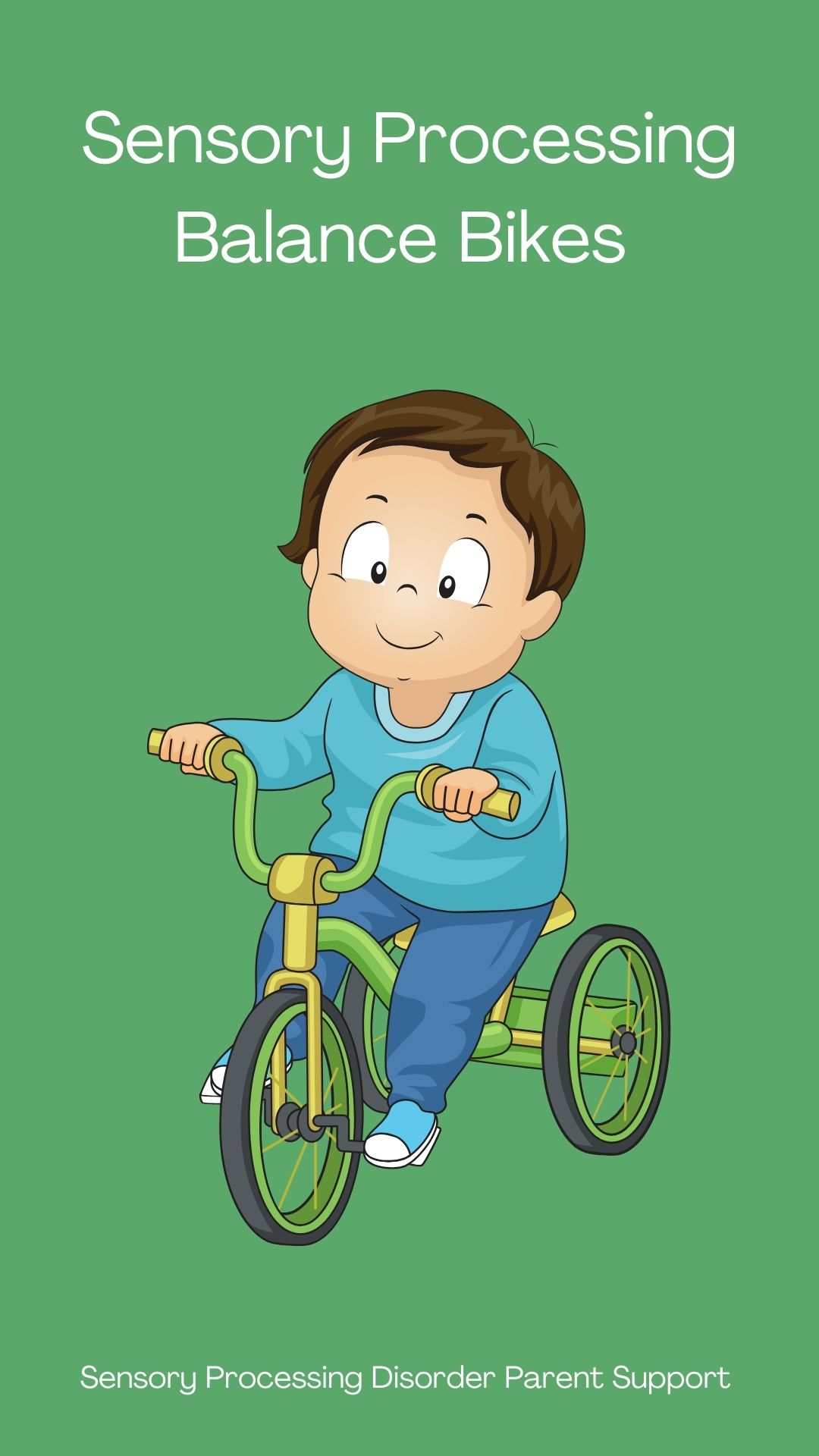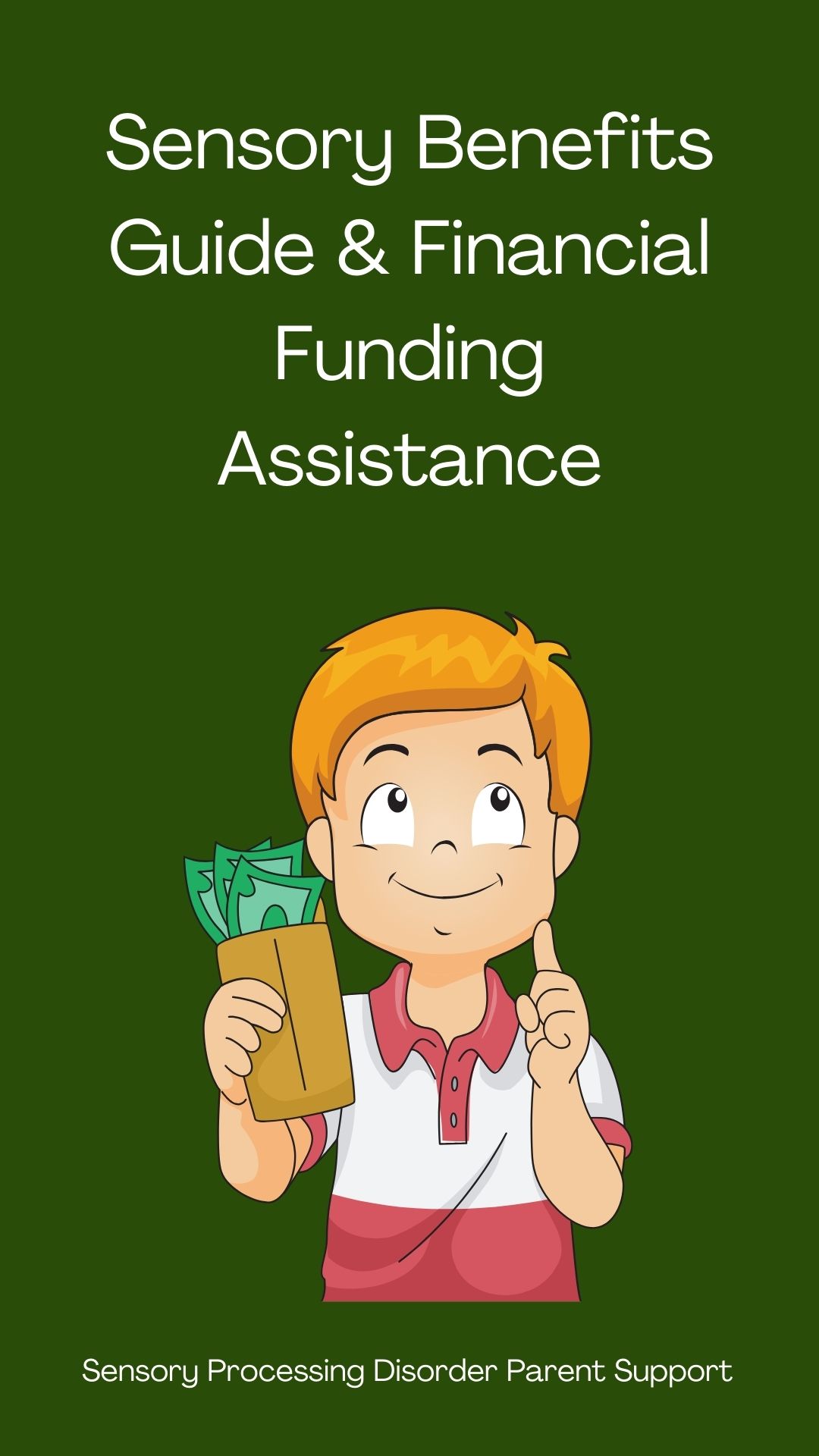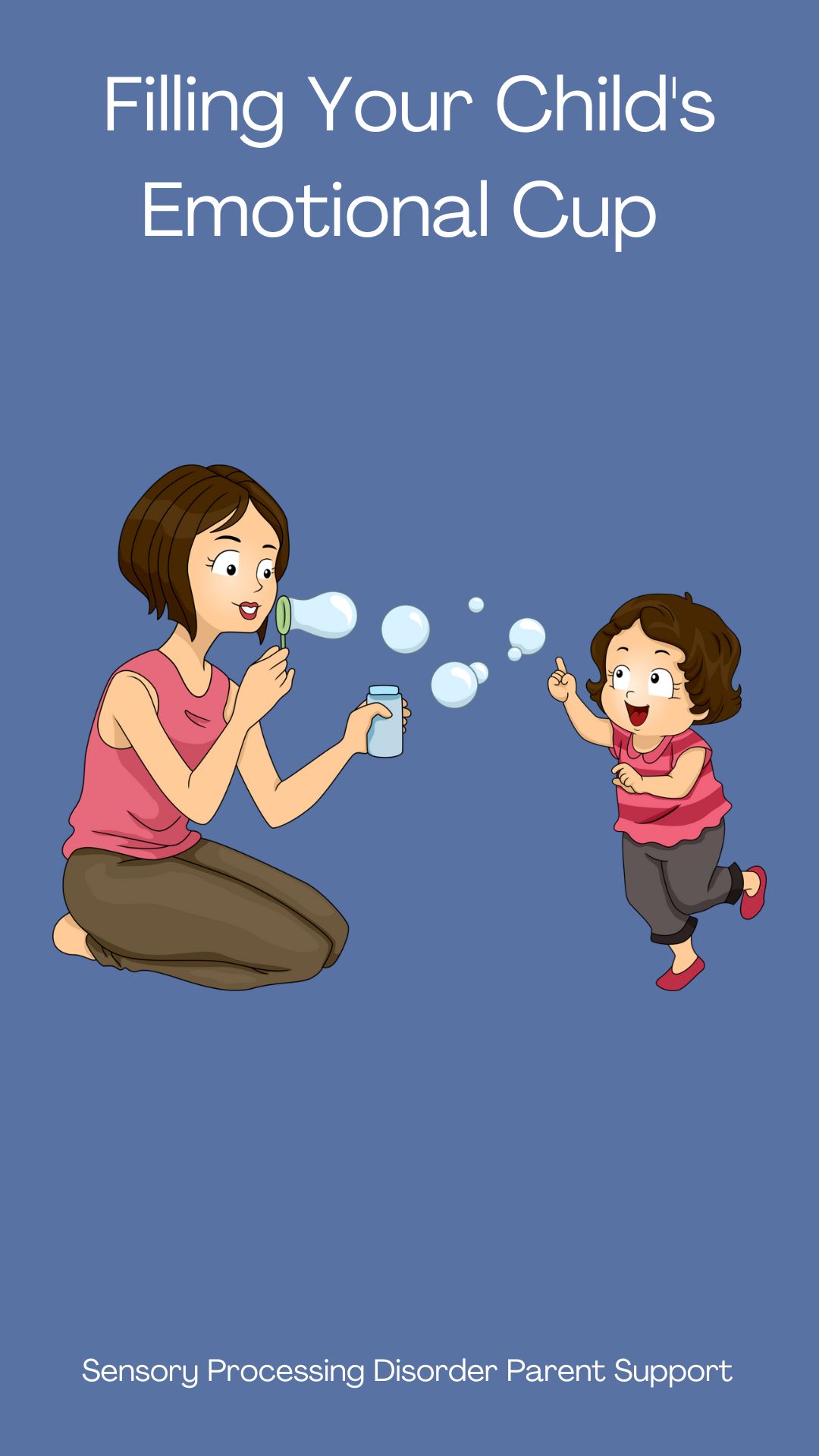
Sensory Processing Disorder Parent Support
Sensory Arousal Levels, Self Regulation
Children with sensory differences ... painting the world beautiful.
Sensory Arousal Levels and Self Regulation
Jeanette Loftus
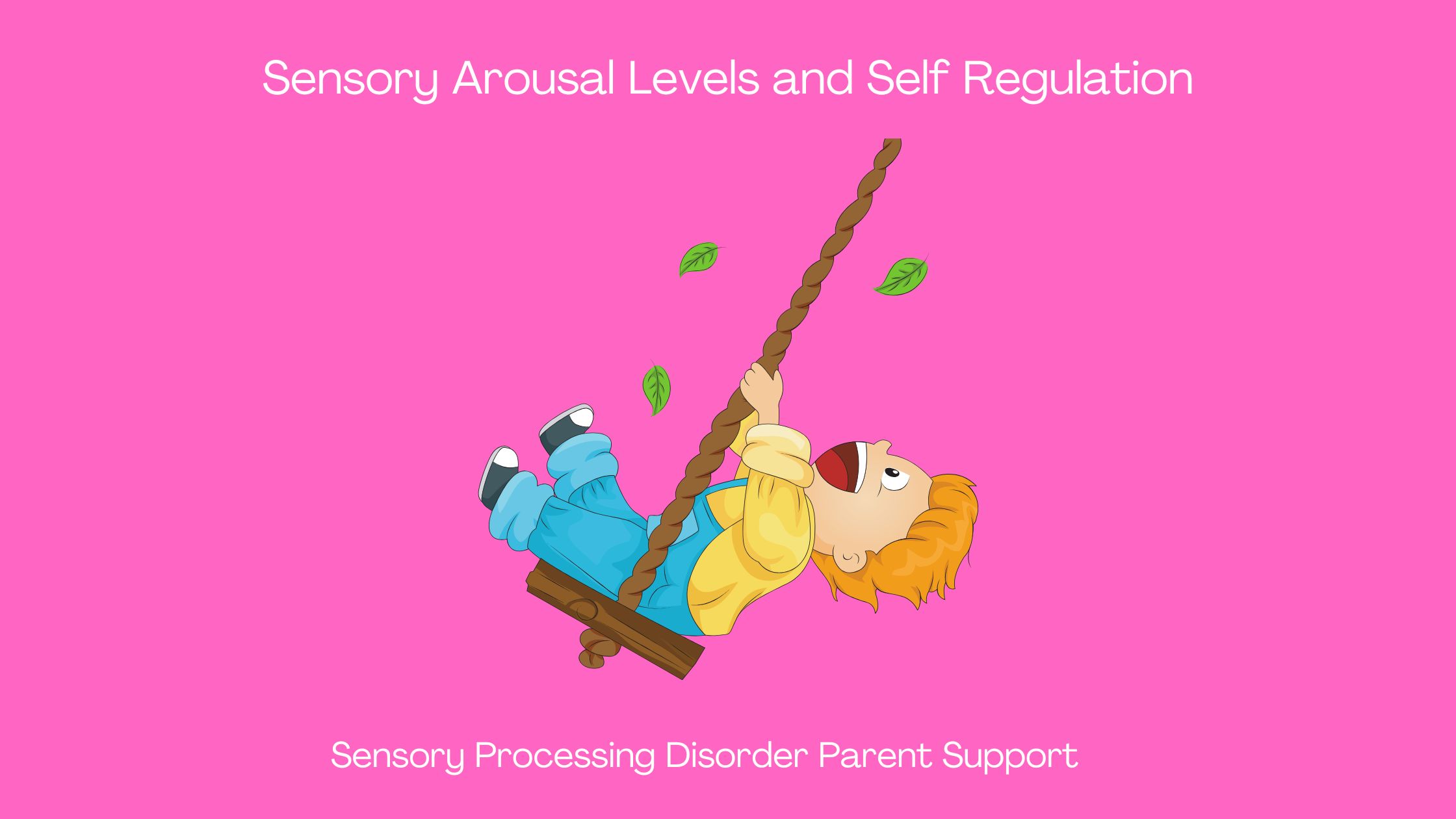
We are constantly processing a lot of sensory input. The sensory input is processed and then regulated, allowing us to function well and adapt to our environment but for those who struggle everyday with sensory processing disorder, this can be quite a challenge.
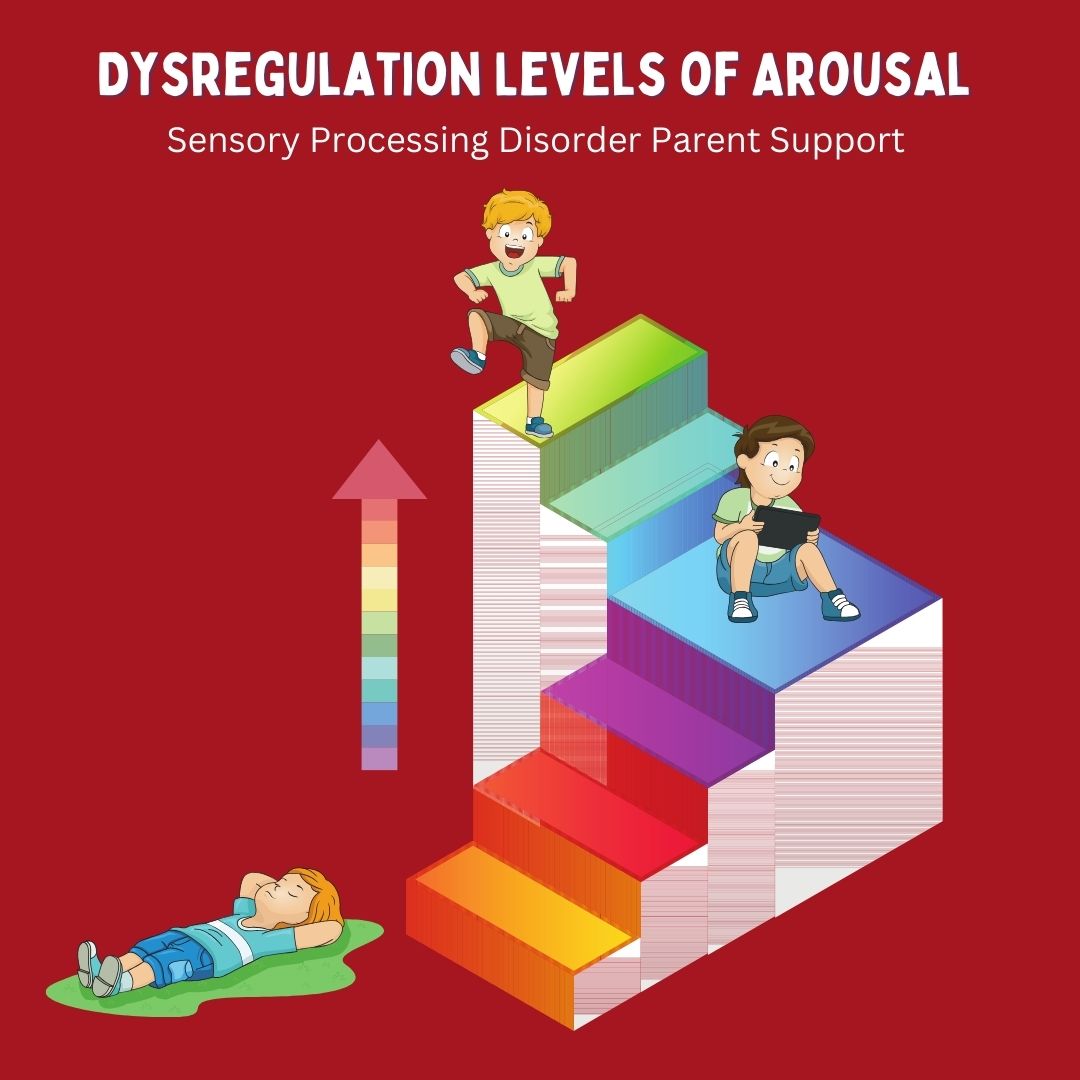
There are different strategies and sensory diet activities that can help children with sensory processing disorder manage their arousal levels.
This creates a sensory friendly environment and have a balance of both alerting and calming activities for children.
It can be very beneficial for children to have an area in a classroom that is a calming space or at home that can provide a sensory space to go to when they are feeling overwhelmed or overstimulated.
We have to include sensory breaks for movement throughout the day can help children stay alert and focused on their school work.
A very important part of managing sensory processing disorder is self regulation. Self-regulation is very important when dealing with sensory input. When a child is d eveloping self-regulation skills, it is a process that will take time, practice and it may require the support of an occupational therapist.
Children who have sensory processing disorder that struggle with dysregulation m ay also benefit from using sensory tools and strategies to self-regulate. Deep breathing exercises and a sensory diet could also be very beneficial for them too.
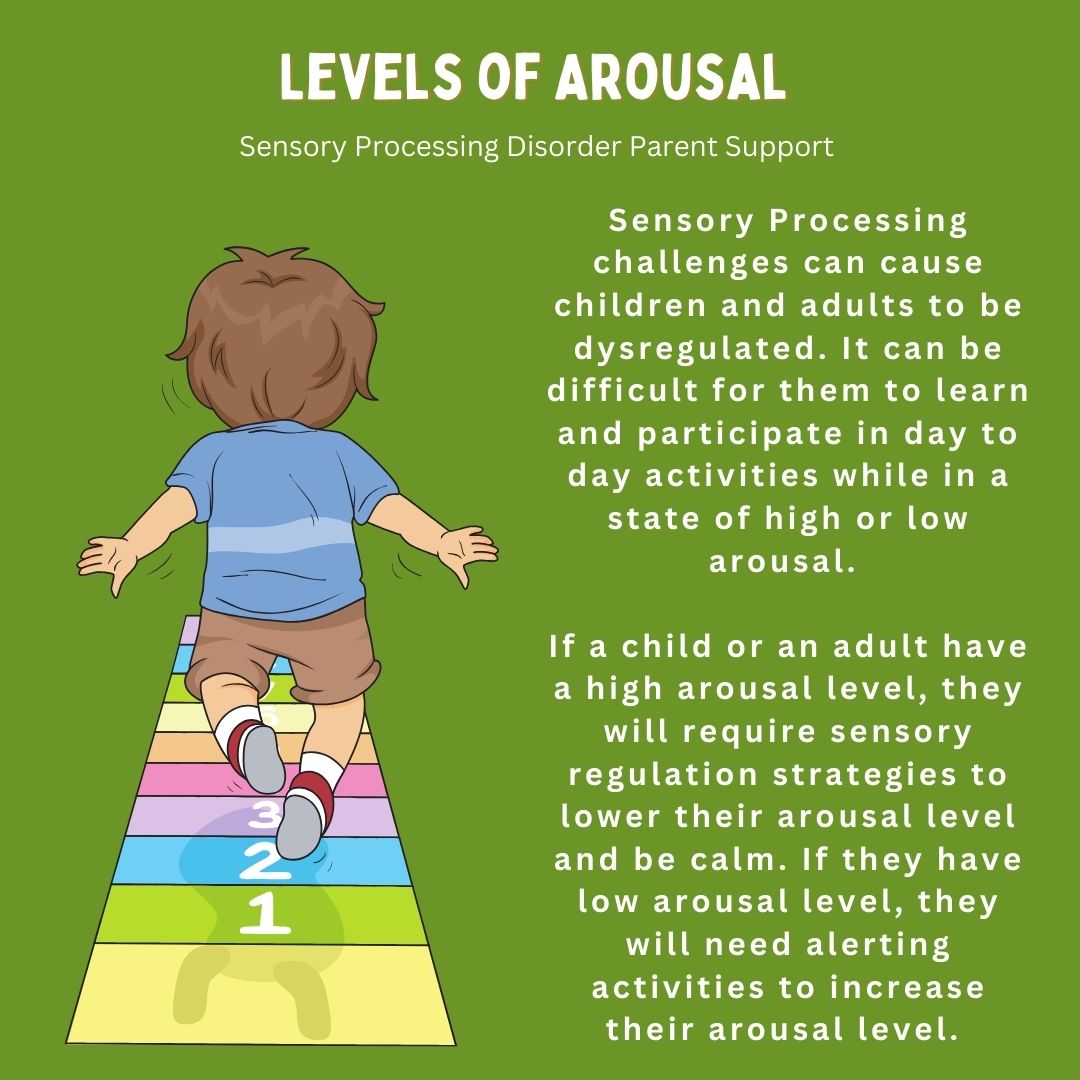
A sensory diet are scheduled sensory activities for your child's sensory needs that will help your child stay regulated and regulate their arousal levels throughout the day. Your child's occupational therapist can work with you and your child to create a sensory diet that is personalized just for your child's sensory needs.
Children and adults who have Sensory Processing disorder can become dysregulated . It can be difficult for them to learn and participate in activities while in a high or low arousal level.
When children have a high arousal level, they will require a sensory diet to lower their arousal level. Your child's sensory diet activities will help them feel calm and regulated. If your child has a low arousal level then they are going to need sensory alerting activities to increase their level of arousal.
Alerting activities can include any type of sensory input that stimulates your child's senses and increases their arousal levels . Sensory activities such as jumping on a trampoline or listening to fast music while dancing are sensory alerting activities. This will help your child to be focused.
A child who has a low arousal level may appear tired and exhausted. They could really struggle and have a difficult time participating in activities or they could appear not very motivated or interested.
This is because of they are not able to process the sensory input around them which leads to too much or not enough sensory stimulation.
A child's optimal level of arousal is when they are being alert and focused. This would be their perfect level for learning and staying focused. Children who have sensory processing disorder may struggle to stay at this just right level of arousal because of their sensory processing disorder.
Children can become very overwhelmed by the sensory input around them in their environment. This can make it very challenging for your child to stay in their optimal state of arousal.
A child with a high arousal level will act hyper or be very agitated. This is because they are feeling very overstimulated, which can cause your child to have an heightened arousal level.
They may be fidgeting, restlessness or impulsive. When at this level, children may struggle to sit still or follow instructions.
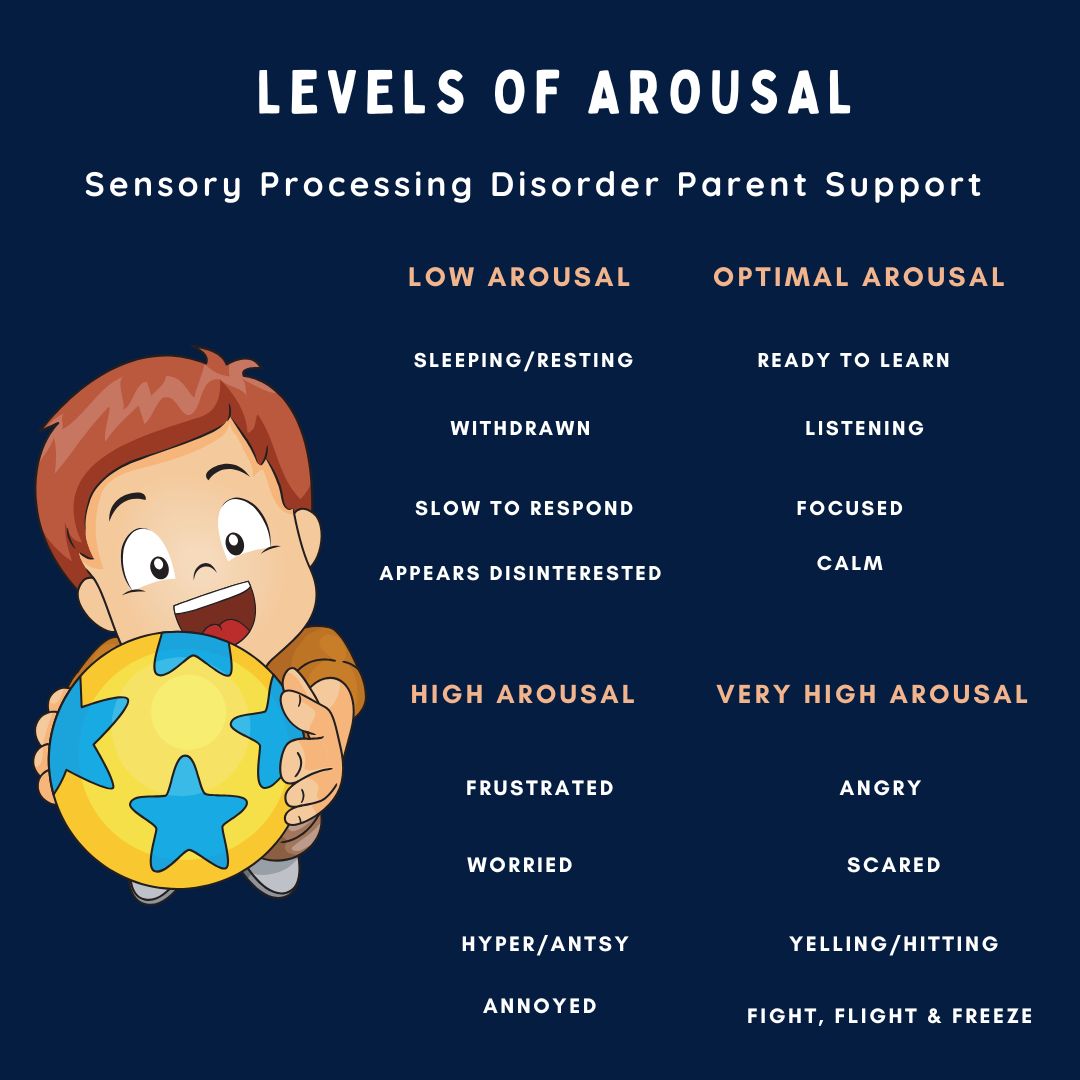
When a child's arousal level becomes too dysregulated, it can cause them to have sensory overload. They can become overwhelmed by the smallest amount of sensory input causing them to have a sensory meltdowns.
It is very common for children who have sensory processing disorder to really struggle regulating their arousal levels . This means that the child may have a challenging time maintaining a stable or appropriate level of alertness.
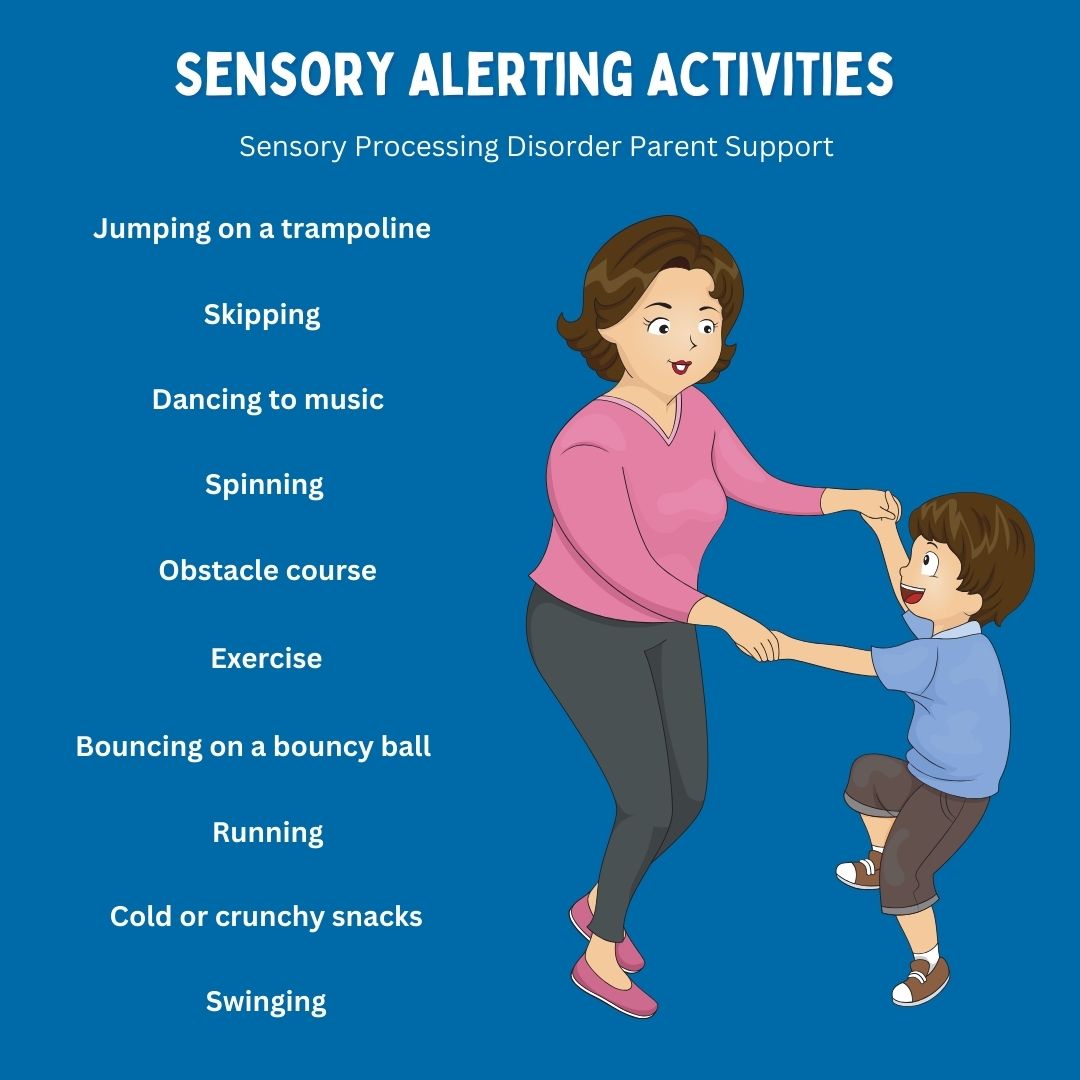
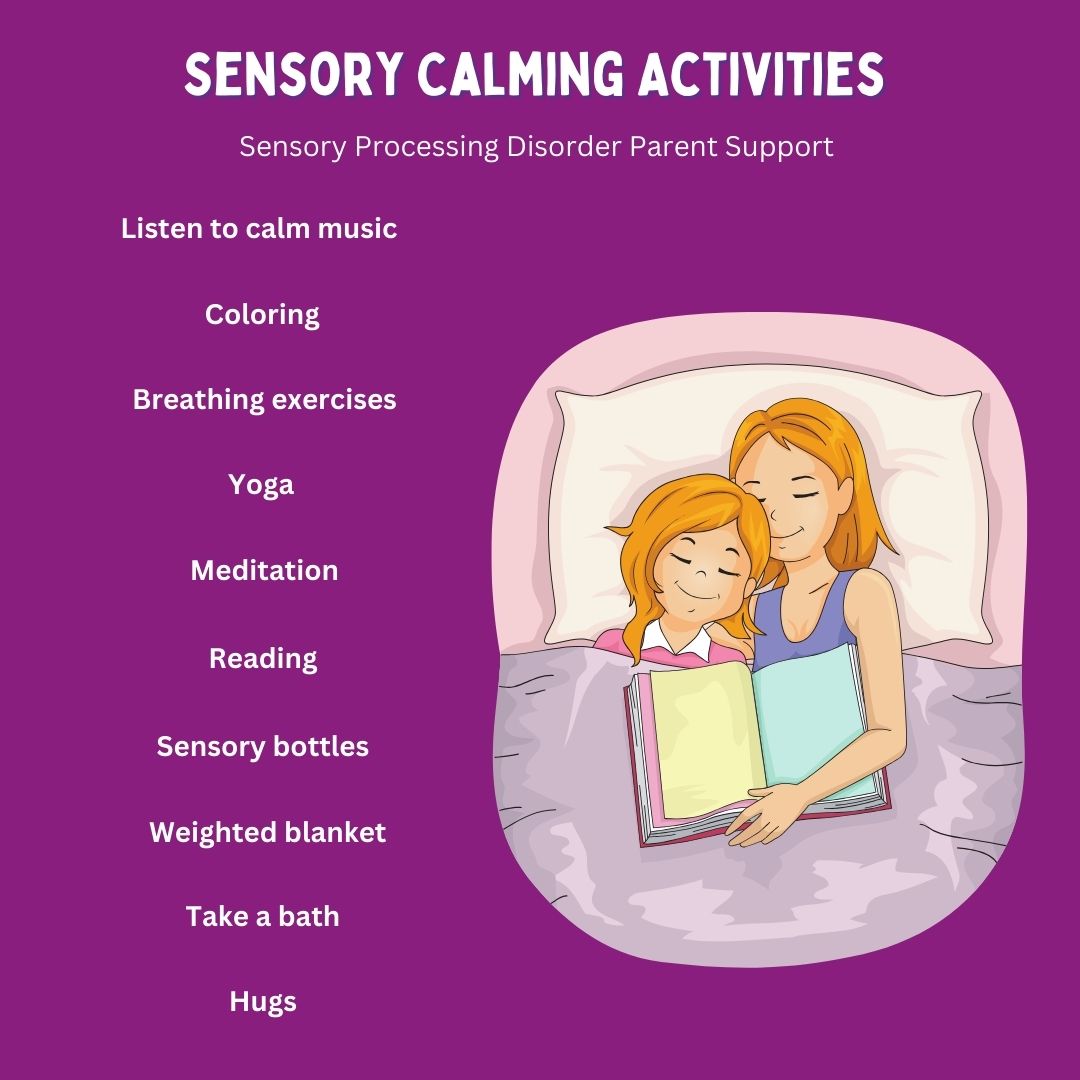
A child may be experiencing too little or too much arousal. This can lead to difficulties when they are trying to focus.
Calming sensory activities decrease the level of arousal for an overstimulated child. These activities can be listening to calming music or sensory deep pressure activities. These activities help to calm your child's nervous system and regulate your child.
Resources For Parents
Kid Sense Therapy Self Regulation - Kid Sense Child Development
DISCLAIMER: I have learned a lot over the years but I am still learning. Always do your own research and exercise sound judgment. I am not an occupational therapist or a physician. I am an adult who has sensory processing disorder, a sensory parent and a Grandma. The information on this website is not medical advice and does not replace the information that your child's therapists or medical professionals give you. These are just ideas that I have learned myself over the years of being a parent and an adult living with SPD. If you are concerned for your child, please always seek medical attention through a family doctor, pediatrician or therapist. This website is for awareness purposes only. Each child is different and what works for one child may not for another because all children have different sensory needs. Please always consult with a medical professional. C lick on links throughout each page for more resources and information. Click here for more resources https://sensoryprocessingdisorderparentsupport.com/sensoryprocessingdisorderresources
Amazon offers a small commission on products sold through their affiliate links on my website. Each of your purchases through links on my website for Amazon affiliation links or sponsored links support me but no additional cost to you so thank you. I appreciate it so much! I am not responsible should you purchase anything from any links on this website.
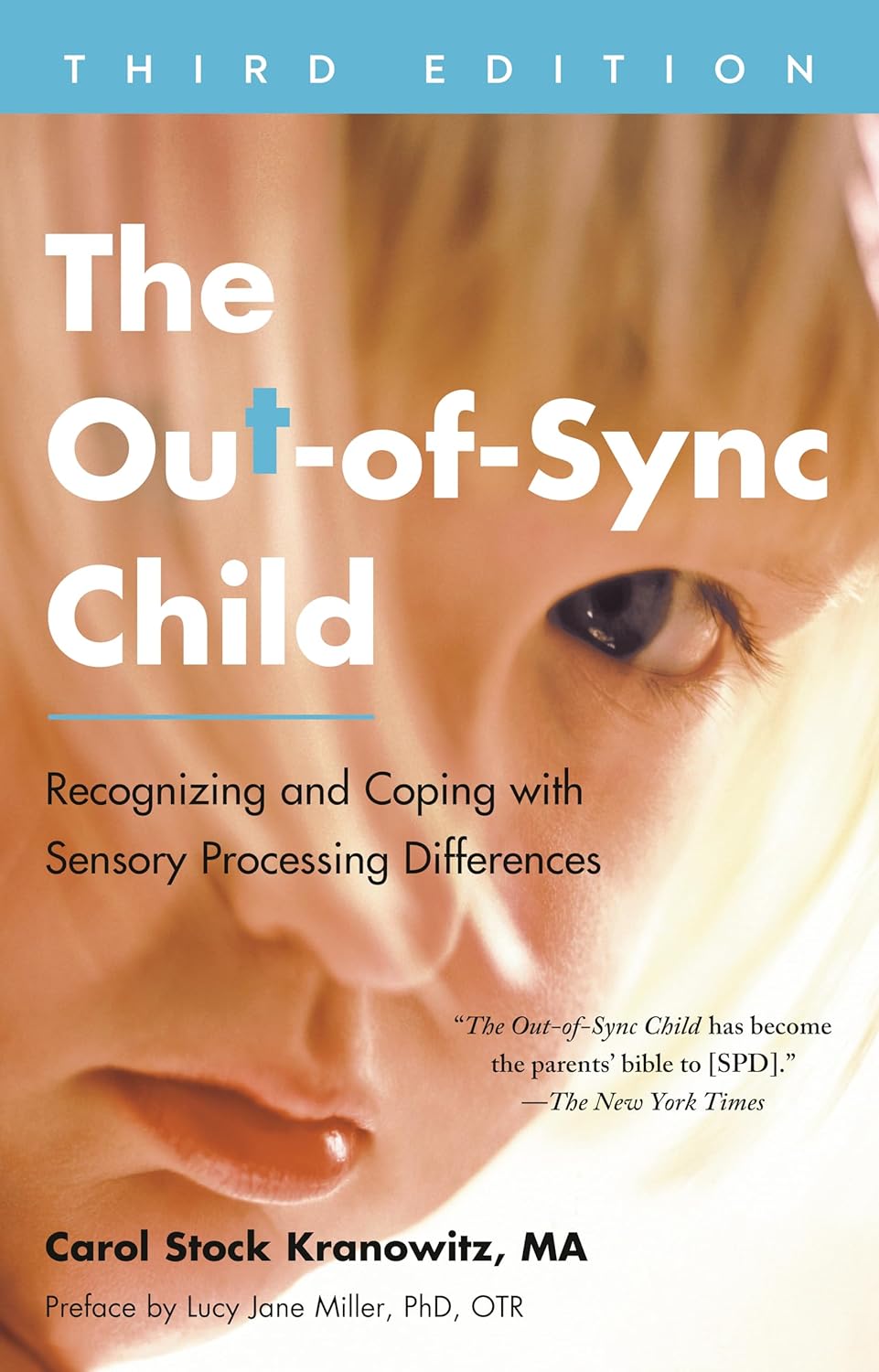
Amazon
The Out-of-Sync Child
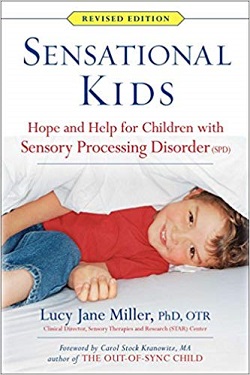
Amazon
Sensational Kids: Sensory Processing Disorder
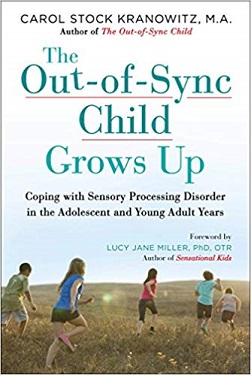
Amazon
The Out-of-Sync Child Grows Up
